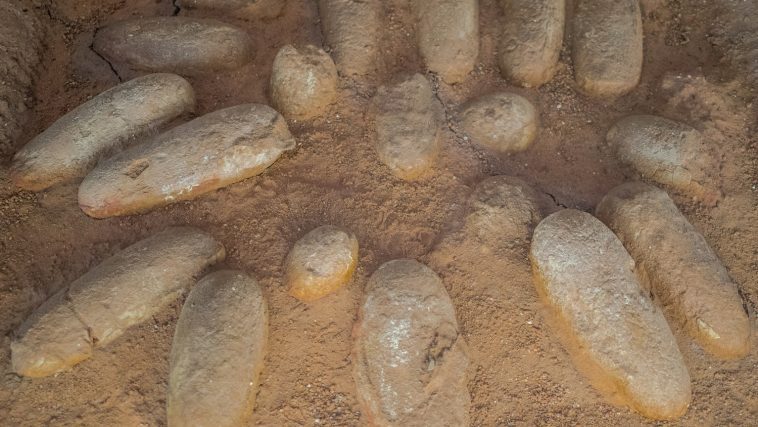[Originally published as Another Failed Evolutionary Prediction]
According to the currently-fashionable hypothesis, dinosaurs evolved into birds. Indeed, some evolutionists take this to such an extreme that they say things like:
Birds Are Living Dinosaurs
While there are some evolutionists who disagree with this hypothesis, it is part of the current scientific consensus. Of course, for a hypothesis to be considered scientific, it must make predictions that can be confirmed by the data. The more its prediction are confirmed, the more reliable it becomes. The more its predictions are falsified, the less reliable it becomes.
Indeed, one of the reasons I consider the creation model to be very strong is that it has made several predictions which have been confirmed by the data (see here, here, here, here, here, here, and here, for example). The evolution model, however, has made many predictions that have been falsified by the data (see here, here, here, here, and here, for example).
The hypothesis that dinosaurs evolved into birds has been used to make a prediction about the time it took for dinosaur eggs to hatch, which is typically referred to as the incubation period.
We can’t directly measure the incubation period of dinosaur eggs, but many evolutionists have assumed that it must be similar to that of birds, which is quite different from that of reptiles. For example, Dr. Kenneth Carpenter wrote a book entitled, Eggs, Nests, and Baby Dinosaurs: A Look at Dinosaur Reproduction. On page 200, he suggests that the incubation period of dinosaur eggs should be similar to that of birds. He shows how bird egg incubation period varies with mass and then writes about a particular dinosaur egg:
…with an estimated live weight (i.e., as it might have been 70 million years ago) of 152 g, would have an estimated incubation time (from time of egg laying until hatching) of thirty-five days.
Similarly, on page 266 of Biology of the Sauropod Dinosaurs: Understanding the Life of Giants, we read:
The amount of time necessary for a dinosaur embryo to mature to the hatching stage may never be known with certainty, but it can be at least roughly estimated by a model developed by Rhan and Ar (1974) for birds. On the basis of comparisons with extant birds that have, in contrast to modern reptiles, a rather constant incubation temperature of about 40 oC, a dinosaur egg of 1.5 kg – the size of an ostrich egg – would require an incubation time of about 60 days to hatch.
The latest research indicates that such predictions aren’t anywhere close to being correct.
Gregory Erickson and his colleagues recently published a report in which they made what seems to be a reliable estimate of the incubation period for two dinosaurs: Protoceratops andrewsi and Hypacrosaurus stebingeri. The former laid eggs that were about 200 g, while the latter laid eggs that were about 4 kg. Based on the prediction that dinosaur egg incubation periods were similar to that of birds, the Protoceratops egg should have taken about 40 days to hatch, while the Hypacrosaurus egg should have taken about 80 days to hatch.
Erickson and his colleagues found that the incubation periods were more than twice as long as predicted. Protoceratops eggs took about 83 days to hatch, while Hypacrosaurus eggs took about 170 days. This is on par with the incubation periods for reptiles, not birds. From an egg incubation period standpoint, then, dinosaurs were significantly more like reptiles than birds.
How did Erickson’s team determine those incubation periods? They examined fossilized embryos and used a CT scanner to analyze the developing teeth. They found lines (called incremental lines of von Ebner) that are typical of any animal with teeth. These lines are laid down daily in all existing animals that have been studied, so counting the lines tells you the number of days the embryo’s teeth had been developing before fossilization.
Is this an exact measure of the incubation period in these dinosaur eggs? Not really. It’s possible that the lines weren’t laid down daily in dinosaur teeth. In addition, animal embryos don’t form teeth right away, and many produce initial teeth that are reabsorbed. Thus, the authors had to make some assumptions about such issues in order to get the total incubation period.
Nevertheless, it seems that this study gives us the best estimate of the incubation periods for two species of dinosaur, and they are radically different from what was predicted based on the “birds are living dinosaurs” hypothesis.







